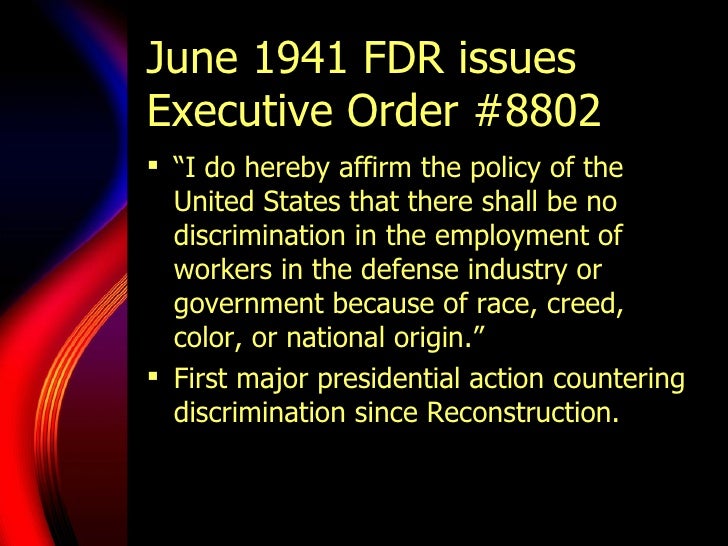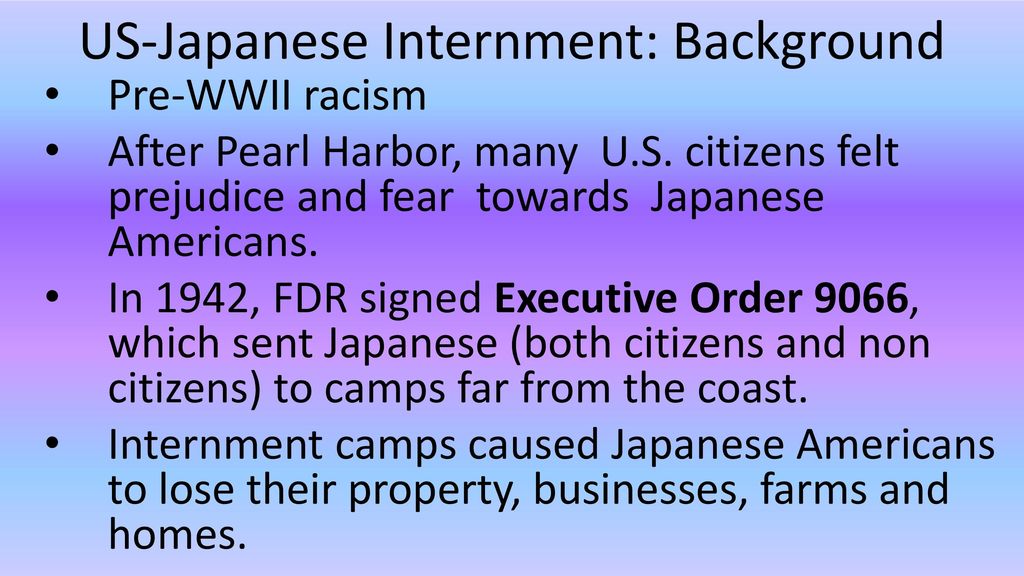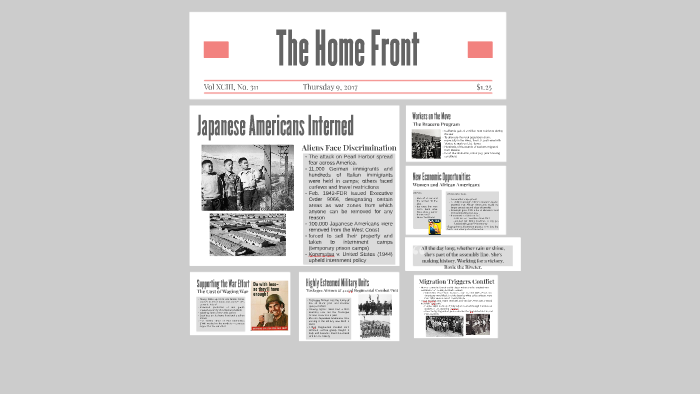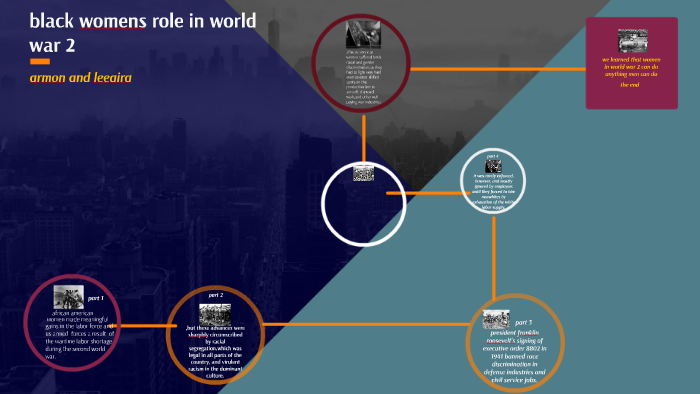On June 7, 1776, Richard Henry Lee of Virginia, introduced this resolution in the Second Continental Congress proposing independence for the American colonies.



Find a certified presentation designer for your next project on Prezi; Oct. Home office setup: 5 ways to create a space for WFH. Executive Order 8625 Exemption of Frank Frayser From Compulsory Retirement for Age Signed: January 4, 1941 Note: This Executive order was not received for publication in the Federal Register. Executive Order 8626 Exemption of Henry L. Schmidt From Compulsory Retirement for Age Signed: January 4, 1941 Note: This Executive order was not received for publication in the Federal Register.
- Executive Orders Choose one of the following Executive orders: Roosevelt: Order #8802 Banning racial discrimination in defense industry hiring Roosevelt: Order #9066 Excluding Japanese-Americans from certain West Coast areas Truman: Order #9981 Ending racial segregation in the military Johnson: Order #11246 Establishing affirmative action as a.
- The form, substance and numbers of presidential orders (jump to table below) has varied dramatically in the history of the US Presidency. Numbering of Executive Orders began in 1907 by the Department of State, which assigned numbers to all the orders in their files, dating from 1862 (Lord 1944, viii).
Acting under the instruction of the Virginia Convention, Richard Henry Lee on June 7, 1776, introduced a resolution in the Second Continental Congress proposing independence for the colonies. The Lee Resolution contained three parts: a declaration of independence, a call to form foreign alliances, and 'a plan for confederation.' The document that is included on page 22 is the complete resolution in Richard Henry Lee's handwriting.
Executive Order 8802 Pdf

On June 11, 1776, the Congress appointed three concurrent committees in response to the Lee Resolution: one to draft a declaration of independence, a second to draw up a plan 'for forming foreign alliances,' and a third to 'prepare and digest the form of a confederation.'
Executive Order 8802
Because many members of the Congress believed action such as Lee proposed to be premature or wanted instructions from their colonies before voting, approval was deferred until July 2. On that date, Congress adopted the first part (the declaration). The affirmative votes of 12 colonies are listed at the right. New York cast no vote until the newly elected New York Convention upheld the Declaration of Independence on July 9, 1776.
Exec Order 8802

Executive Order 8802 Primary Source
The plan for making treaties was not approved until September of 1776; the plan of confederation was delayed until November of 1777.
(Information excerpted from National Archives Education Staff. The Constitution: Evolution of a Government. Santa Barbara: ABC-CLIO, Inc., 2001.)

Comments are closed.